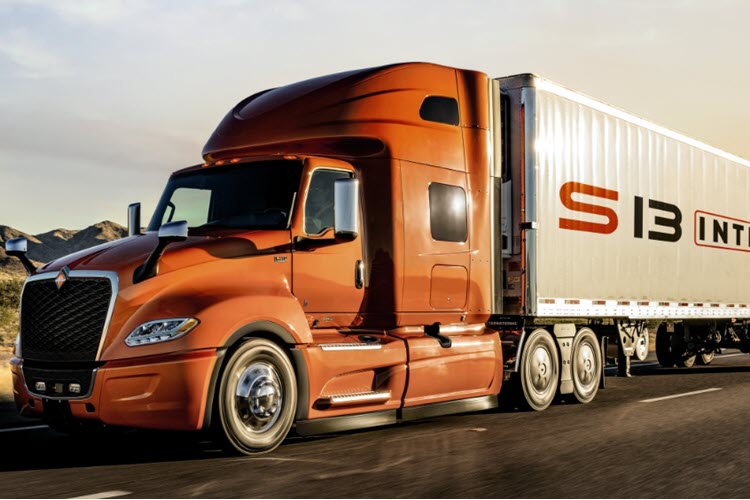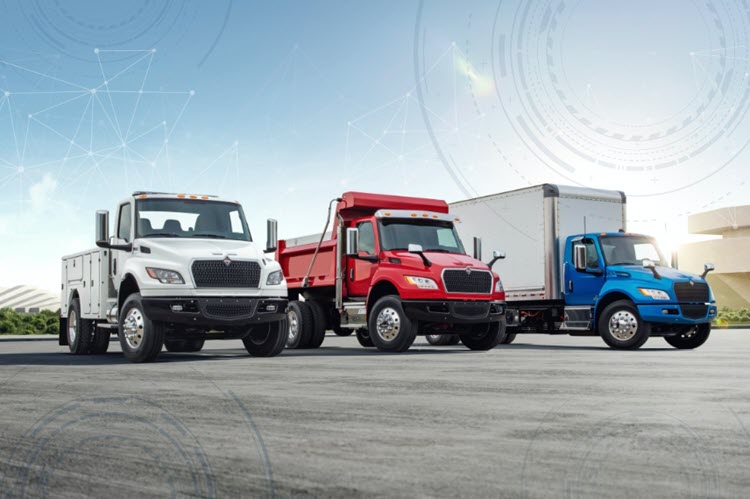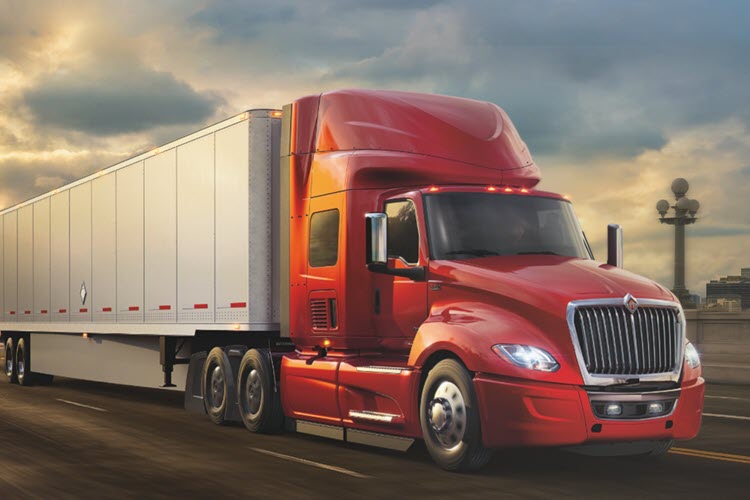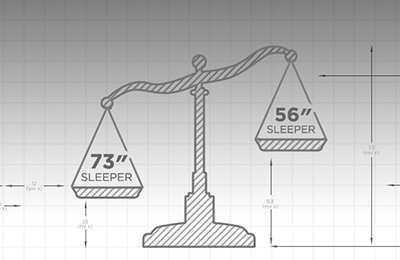Fuel Economy Tires
THE IMPACT OF ROLLING RESISTANCE
Rolling resistance is a result of the friction created when a tire flexes while the vehicle is in motion, this contributes approximately 32 percent to a long-haul vehicles overall fuel economy. The energy generated by this friction does not contribute to the actual movement of the vehicle, so by reducing rolling resistance, you can increase overall fuel economy. In fact, a three to four percent reduction in rolling resistance can translate into a one percent fuel economy gain. While conditions like road quality, terrain and weather all have an impact on rolling resistance, there are controllable variables and ways to spec a vehicle that can help reduce rolling resistance to help maximize fuel economy. Controllable variables include:
TIRE SELECTION
Selecting the right tire for a truck’s intended application is imperative. Tire tread, design and size should be taken into account during the purchase process. In fact, it is estimated that the tire tread itself contributes to anywhere between 50 - 75 percent of overall rolling resistance.
Conventional thinking would say that a brand new tire would perform best, but the reality is that broken in tires produce the least rolling resistance for trucking applications. Tires are typically considered broken in between 35,000 – 50,000 miles. Because tire tread performance changes over time, it’s important to properly maintain vehicles and be diligent with scheduled service appointments, to ensure safety on the road.
- When selecting tire tread, rib designs perform better on fuel economy than lug or block designs. Assuming rib tires can provide the necessary traction for your application, they provide best fuel economy performance.
- Most tire manufacturers offer low rolling resistance tires that can offer three to four percent greater fuel economy from the outset. The main characteristic of their design is a more shallow, yet durable tread vs. a standard radial tire.
- Wide base ‘super single’ tires are increasing in popularity. These tires are used in place of a pair of radial tires on each of the drive wheels. They not only decrease rolling resistance and improve fuel economy by as much as 10 percent, but also save on vehicle weight, resulting in increased payload capacity.
The United States Environmental Protection Agency (EPA) maintains a list of verified low rolling resistance tires on its website. Review the options at: https://www.epa.gov/smartway
TIRE PRESSURE MONITORING
Underinflated tires can also have a significant impact on overall fuel economy. Experts estimate that for every 10 psi a tire is inflated under recommended settings, trucks will lose one percent of their fuel economy. Underinflated tires also contribute to diminished tread life and tire failure, giving fleets unneeded downtime. One way to combat this is by adding a tire pressure monitoring system to your vehicle.A tire pressure monitoring system works by mounting sensors on each vehicle and/or trailer wheel. Wireless receivers are placed in-cab and on the side of a trailer (visible from a side mirror) which continuously monitor tire inflation and temperature and alert drivers if action needs to be taken in real time.





